Analysis of Plasma Toroids Generated by Five Noble Gases
Helium (He):
Helium produces a bright halo, with its color shifting from light pink to pale yellow as power varies. The brightness of helium’s glow is remarkably intense, almost equivalent to a 20W incandescent bulb. However, helium does not form a complete plasma ring; instead, it only generates a single glowing segment. We speculate that this is due to helium’s smaller atomic diameter and longer mean free path, which may influence plasma formation dynamics.
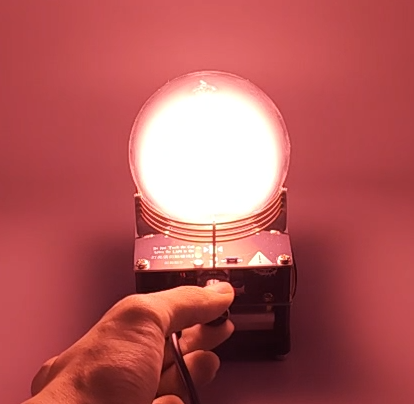
Neon (Ne):
Neon produces an extremely bright orange-red halo, forming a ring at lower power levels. Its brightness is so intense that it can be dazzling. When neon lights up, you can’t help but exclaim, “Wow!”

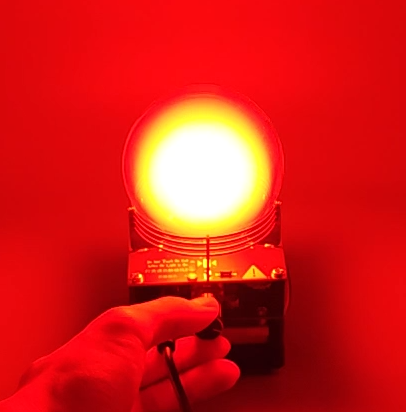
Argon (Ar):
At lower power levels, argon produces a blue-violet plasma ring. As power increases, it transitions into a nearly white glowing mass. I believe this color change occurs because higher power excites more energy levels in the gas. Additionally, argon sometimes forms bead-like plasma structures, a phenomenon known in academic research as ionization waves [1].
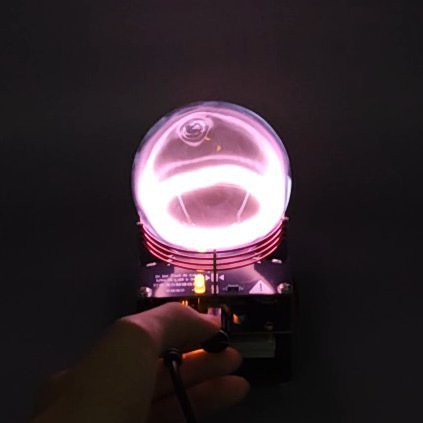
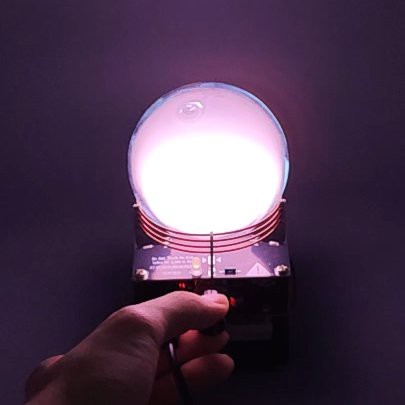
Krypton (Kr):
At low power, krypton generates a purple plasma ring, which transforms into a nearly white glowing mass as power is increased. Among all the gases, krypton is the most prone to forming bead-like ionization waves.
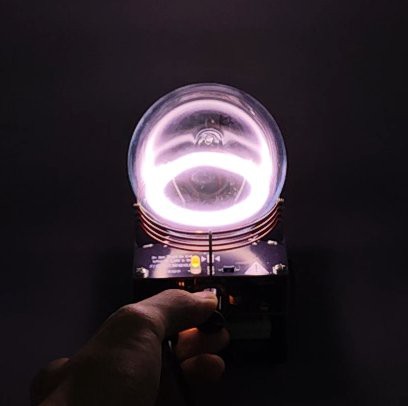
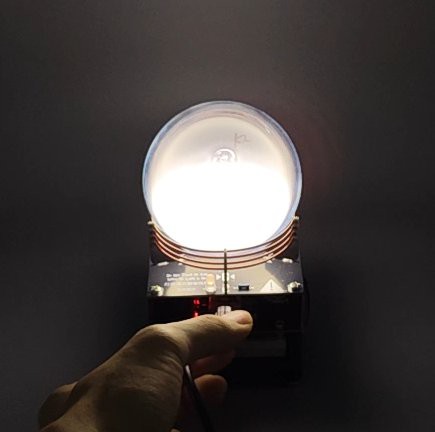
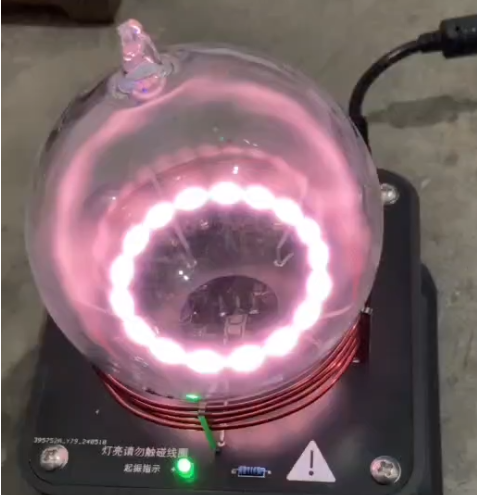
Xenon (Xe):
Xenon produces a white-purple plasma ring. Interestingly, the xenon plasma ring exhibits highly dynamic movement, seemingly jumping and shifting unpredictably. I hypothesize that this random motion is caused by thermal convection—high-temperature plasma forms near the lower coil but tends to rise due to convection, creating visible movement. This randomness makes xenon plasma rings the most fascinating and dynamic to observe.
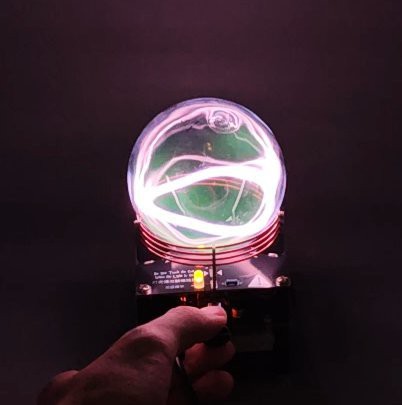
From helium to xenon, as atomic radius increases, the resulting plasma rings become progressively thinner. Plasma physics is a complex and abstract field, and I could not find a precise explanation for this phenomenon in textbooks. However, one possible hypothesis relates to the mean free path:
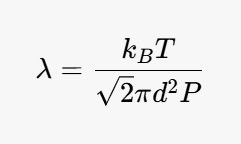
where d is the atomic diameter. This suggests that gases with larger atomic diameters may form thinner plasma rings.
If anyone has a better explanation, feel free to discuss it in the comments! 😊
Reference:
[1] Lu, Xianguo, et al. "Guided ionization waves: Theory and experiments." Physics Reports 540.3 (2014): 123-166.
 Simon Liu
Simon Liu